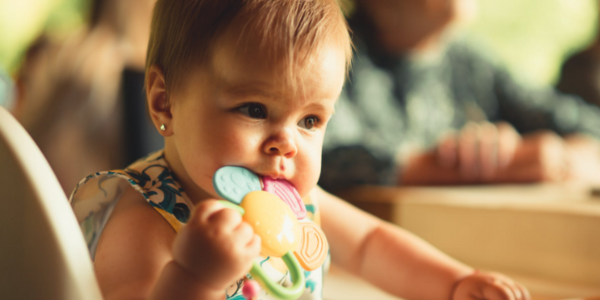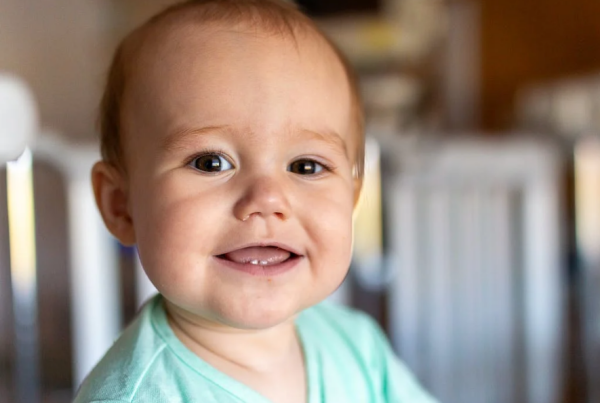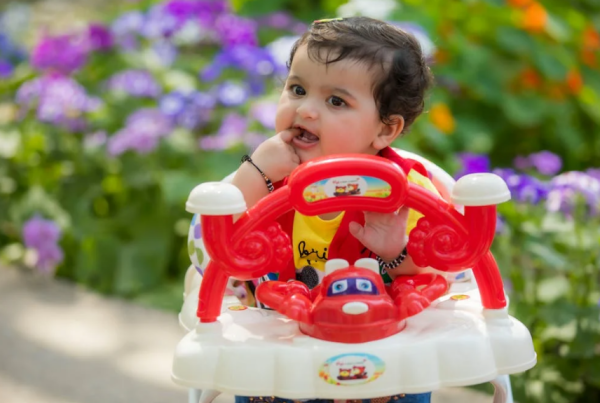
These are the main signs that indicate your little one has started teething
Teething can be a challenging time in both you and your baby’s life. This inevitable milestone is an indicator that your little one is growing and will soon be able to eat solid foods and communicate with you more.
Teething usually starts around the time your baby is six months old but it can start as early as four months and as late as 12 months – all children are different.
Since there is a rather large time range for when your little one may start teething, you might want to look out for some signs that they have reached this new step in their developmental journey.
If you’re unsure of what symptoms to look out for to indicate your tot has started teething, check out our list below. Keep an eye out so you can spot when your child starts teething and help to alleviate the pain they may be feeling as soon as possible.

Flushed cheeks
Red cheeks are a very common sign that your tot has a tooth coming in.
Excessive drooling
Babies often drool more than usual when they start teething. Make sure to wipe this excess drool away in order to prevent rashes around their mouth, neck and skin folds.
Fussiness
The discomfort they feel as their first tooth starts to come through can often cause irritation.

Chewing more
Your little one may start to chew or gnaw at their fist or toys more often in order to soothe pain in their gums.
Gum irritation
Your child’s gums may start to swell and become red so your little one’s mouth may be more tender and sensitive.
Sleep disturbances
If your baby starts to feel the discomfort that teething brings, they can often find it difficult to fall asleep or may wake up more during the night.
